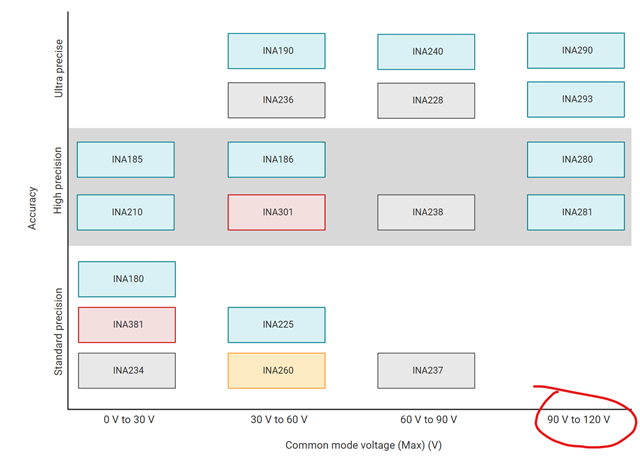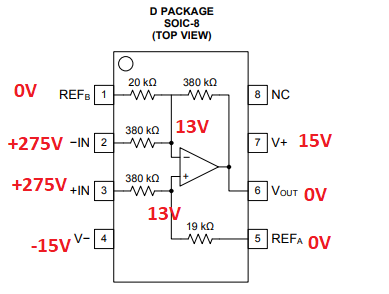Other Parts Discussed in Thread: INA148, INA146
Hi,
I have seen this part named INA149 belonging to differential amplifer, whose max common mode votlage can be up to 275V.
Could I learn the differences from current sense amplifier? these parts have only around 100V VCM max capability. Why not extend CSA to 275V?



